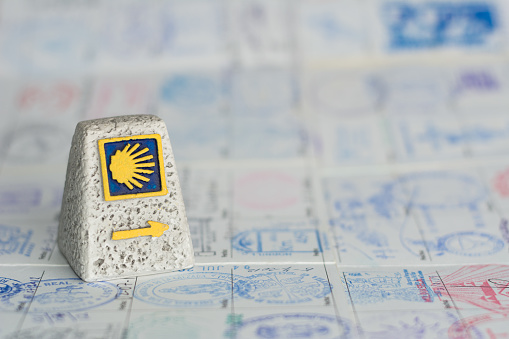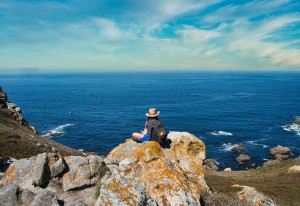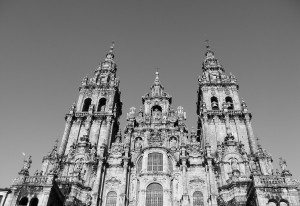As you probably already know, the compostela is the certificate that is given to the pilgrim, if he so wishes, at the end of his Camino de Santiago, but do you know what its origin is? We tell you!
The origin of the compostela
In the first centuries of the pilgrimage, the badges to show the steps to Santiago were the scallop shells or scallop shells. However, counterfeiters sold them at the entrance to the city. Due to the seriousness of the situation, penalties of excommunication were established against those who traded in the shells. In the 13th century, the probative letters would be established, more difficult to copy, and which would be the origin of the current compostela.
The Catholic Monarchs would play an important role in the origin of the compostela. In the 16th century they decided to create the Royal Hospital Foundation, in Plaza del Obradoiro; only pilgrims carrying the compostela could stay in it for three days.
There, the health problems of the walkers would be attended to. Over time, this institution would become one of the most important hospitals in Galicia. Today it is a tourist hostel where breakfast, lunch and dinner are offered to the first 10 pilgrims of the day who carry the compostela.
With the origin of compostela, it would be established that the minimum distance to receive it is 100 km.
Requirements to get the compostela nowadays:
- Travel 100 kilometers, if done on foot or on horseback
- Travel 100 nautical miles and finish the Way on foot, if done under sail
- Travel 200 kilometers, if done on a traditional bicycle
- Have a minimum of two daily stamps on the Credential
Where is it obtained?
If one has been stamping the accreditation correctly, the pilgrim must go to the International Pilgrim Reception Center. The building is located at Calle Carretas 33, near Plaza del Obradoiro. Here you will have to deliver the accreditation and they will give you the long-awaited compostela.
The origin of the compostela has established that pilgrims are recognized for each of the steps they take to the cathedral. The walker receives the compostela as a prize and certification for the effort and sacrifice involved in reaching Santiago. If you have obtained the compostela, congratulations: you have managed to complete the Camino de Santiago.
Remember that on our social networks we will keep you up to date with all the news that arises, follow us on Facebook or Instagram!
In addition, we encourage you to share with us your experience traveling the Camino de Santiago on these social networks by tagging us or including the hashtag #alberguesdelcamino in your publication. We await your photos!












